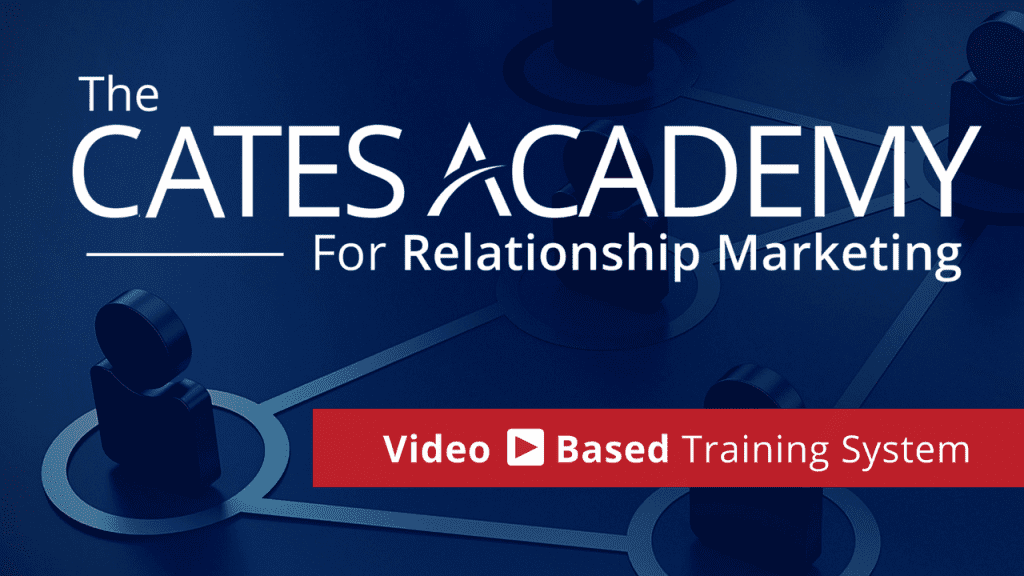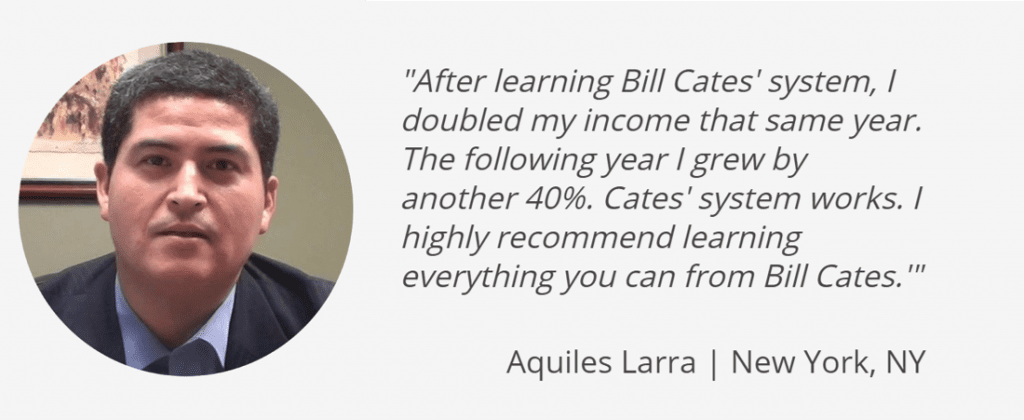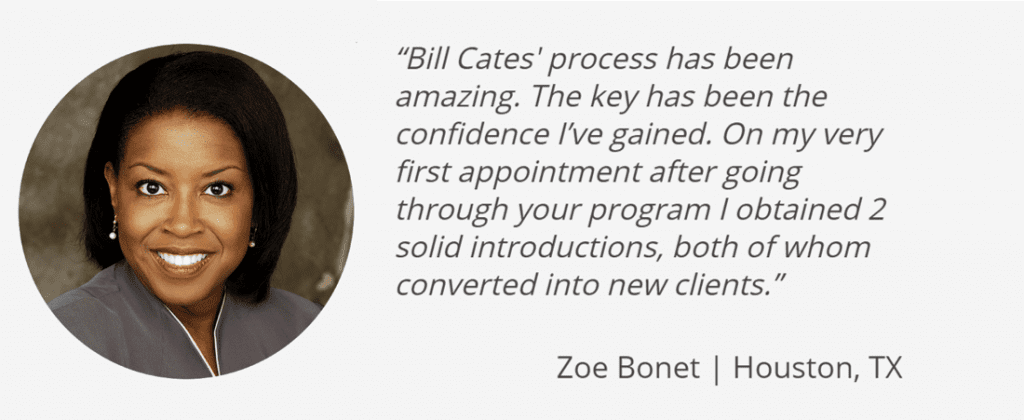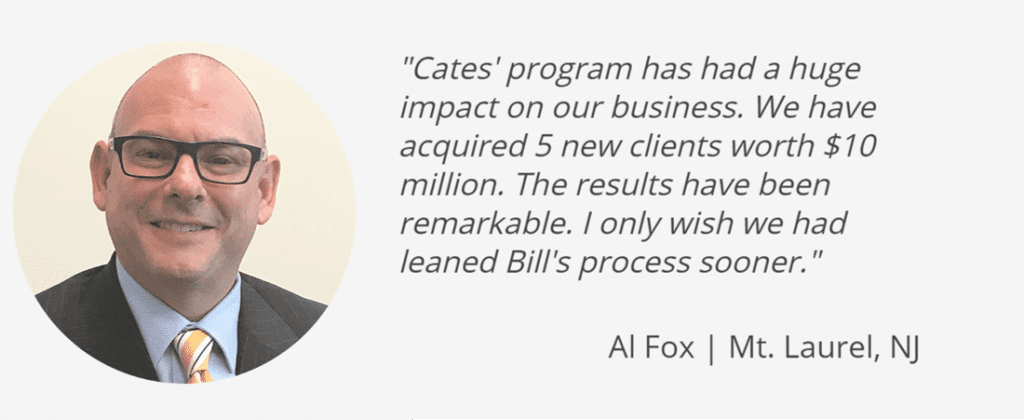A Simple Way to Add Value to Your Clients, Boost Loyalty, and Increase AUM

Guest Article from Gordon Stein – Author of the Cashflow Cookbook
I recently connected with personal finance speaker, author and blogger, Gordon Stein.
Gordon is a treasure chest of innovative ideas on how your clients can reduce their recurring costs to free up cashflow for investing. This is good for them and good for you.
Read this article. Then take the Action Steps. BILL CATES
How to Get Your Clients to Set Aside More Assets for You to Manage
How would you like a simple way to add value to your clients, reduce churn, and increase AUM?
The answer is: Help your clients save more money. Help your clients cut unnecessary expenses and set aside more money for you to manage.
You know that your clients have more choices than ever for managing their finances. Discount brokers, robo-advisors and ETF firms all compete for your clients. Many of these alternatives place a focus on advisor fees and some even highlight the impact of advisor fees on total returns.
It makes for a compelling read, but it leaves off some critical data. Like the fact that you perform a basket of services that optimize a complete financial plan. Or that you are there to save investors from panicked decisions like exiting the market at the bottom of the 30% Covid drop in 2020… then keeping their “chips off the table” during the momentous market rise that followed.
With the constant messaging from low-fee alternatives, the value proposition from advisors must be clear and well communicated. Offerings like a detailed financial plan, quarterly portfolio reviews as well as tax and insurance advice can round out the value equation. Life-stage advice including college expense planning and retirement transition assistance can also be important value markers that anchor the relationship. But are we missing a key area of client value?
How involved are your clients in their wealth building?
In a traditional advisor-client relationship, the work is often one-sided. The advisor completes an intake survey, completes agreements, understands the client objectives, assesses their risk profile, builds a portfolio, moves funds, crafts a financial plan, invests, rebalances and reports out to the client on a quarterly basis.
In addition, they may do some tax and estate planning, insurance strategies and other services. And what is the client doing during all this work? Very likely…nothing. And that can lead to a lopsided relationship where the advisor does the work, and their performance is reviewed by the client. In short, the client is not involved in the relationship.
Involvement breeds commitment
A common leadership approach in corporations is to build commitment and get the employees involved in solving a problem. Serve them up the problem to solve, provide the gating parameters and make them a part of the brainstorming.
Then, once they craft a solution, get them involved in the implementation and measurement. Inevitably, they become more invested in the problem and more committed to their solution. Morale rises as they implement their own ideas and results improve. They become more committed in the situation because they become more involved in it.
Could this approach be applied to the advisor-client relationship? You bet!
What if the work is shared, where the client focuses on optimizing her expenses and freeing up the maximum funds for investment, while the advisor optimizes risk and return in her portfolio?
If the client had some tools to minimize expenses and commit more cashflow to regular investment, those incremental contributions could have a powerful effect on building their wealth. The client’s effort on expense reduction increases their involvement in the relationship. The quarterly review can now include the rate of return, but also the client’s savings rate and the effect of increased monthly contributions that accelerate the wealth building.
How material are the results?
Following a seminar I ran for the clients of an investment advisor, I worked with an attendee to optimize her expenses. This 35-year-old client had approximately $350,000 invested with the advisor and was making monthly contributions of $350. By optimizing her expenses, she was able to free up significant cashflow such as:
- Shopped her car insurance for the family’s 3 vehicles and 3 cars, saved $210.
- Compared term life insurance rates and saved $80.
- Reviewed 5 lines of cell phones and freed up $120.
- Cleared up some basement space and eliminated a storage locker and ended a $100 monthly expense.
- Used a parking app to save on monthly downtown parking freeing up another $100.
In total, this investor was able to free up $610 for incremental monthly contributions or 174% more than their original $350 pre-authorized contribution. At a 7% return, this client would have retired at 65 with $3,270,251. With the incremental monthly contributions, this client could retire instead with $4,018,774.
Summary
Helping clients with expense reduction is an overlooked way of adding value and accelerating wealth building. It brings several key benefits to both the advisor and the client. The client made the changes with minimal effort or sacrifice.
The advisor provided significant value to the client with minimal cost or effort.
The client seminar and reference materials provided the ideas and inspiration to free up the cash.
The advisor was able to help the client build a much more comfortable retirement with no incremental risk.
The client was more involved with their wealth building which made them more committed to their advisor relationship.
The advisor enjoyed accelerated growth in AUM from his clients that followed this program.
The group nature of an hour-long seminar or webinar with, say 100 clients, can give the advisor 100 hours of customer communication time in just one hour.
ACTION STEPS From Bill Cates
- Identify your clients who are likely to be receptive to reducing their expenses (and staying with it).
- Approach them with this idea, having already worked up an illustration to show them the potential.
- See of they would benefit from your support (accountability) with a check-in from time to time.
- Consider engaging Gordon Stein to bring value-added programs to your clients. Visit: https://cashflowcookbook.com/financial-advisor-client-speaker/
About Gordon Stein Gordon Stein is an Ohio-based, financial wellness speaker, blogger and author of Cashflow Cookbook, a unique personal finance book with over $13,000 of monthly (yes monthly) savings ideas. His thoughts on personal finance can be found at www.CashflowCookbook.com. He can be reached at gord@cashflowcookbook.com.
Forward this article to a friend or colleague.
And don’t forget ALL our resources – many of them free – are waiting for you at www.ReferralCoach.com/resources.
Virtual Referral Training is Here
Are you ready to grow your business … and change your life?
You can learn and implement our proven process while working from home or not seeing clients and prospects face to face.
Get the details and join us: www.CatesAcademyIndividuals.com








